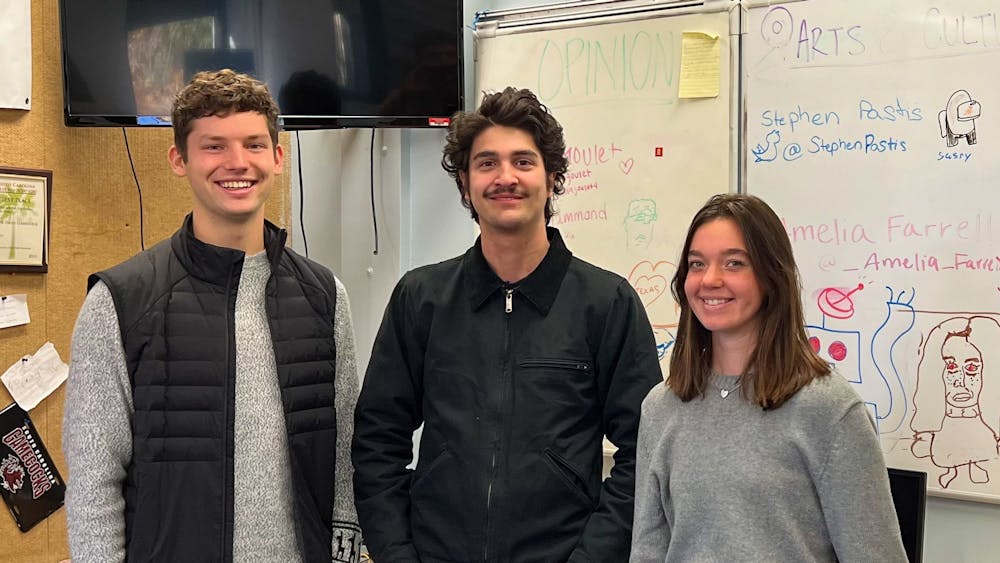I remember walking through Five Points nearly four years ago for an interview with the famous — perhaps infamous — artist, Blue Sky.
He had sent me a cryptic text to meet him in a parking lot behind Groucho's Deli.
It was September of my first year at USC and was one of my first times visiting Five Points. I can still remember seeing all the shops, restaurants and dark, ephemerally vomit-hinted bars.
The story with Blue Sky continues to be one that defined what Columbia meant to me. I was walking through a cultural hub of the city for the first time, to meet an artist I was about to find out was internationally known and was about to get my first taste of true Columbia.
Blue Sky remains, in my opinion, a great example of the unassuming Columbia. Slightly lesser known but just as impressive as other famous people or places. While history and money haven't given them everything, it's remained a staple and icon for many.
And this identity of the cultural scene for Columbia has only continued to show itself to me. As editors, we've learned this for years.
We've spent nights at the New Brookland Tavern with local artists and tried nearly every new restaurant that popped up and interviewed dozens of artists and creators in the area. We've talked with local celebrities like the Chicken Man or an indie-pop band with a specialty drink at Indah.
It's given us an attachment to the city beyond just having a favorite pastime.
In a way, we've come to feel that sharing these things is the purpose of a culture section in today's world.
No, the Columbia Museum of Art can't compete with Williams-Brice Stadium on gameday. Or a student-run production with a music hall in Charleston. (The arts and culture section can't always compete with the sports section for that matter, either).
But that doesn't mean people should give up on Columbia's local scene. We would say it's the idiosyncrasies and quirks that make Columbia all the better.
Lean into this and you'll see how special Menkoi's ramen is, or how unforgettable a visit to Il Focolare can be.
If there's something studying Columbia culture can give you after years of doing so, it's that maybe it's not fame or status that makes something culturally significant. Maybe it's the people that care so much about what is here, rather than make it something it's not. It's the people who have made this town their home and have become part of the cultural identity.
Investments in the sneaky beauty of Columbia are continuous. Passion projects drive this town. This is not a city of corporate messaging. Enlightened professors, entrepreneurial immigrants and concerned students are building their vision of the world right here.
Columbia may not be a Charleston or an Atlanta. But it's all the better because of it.

